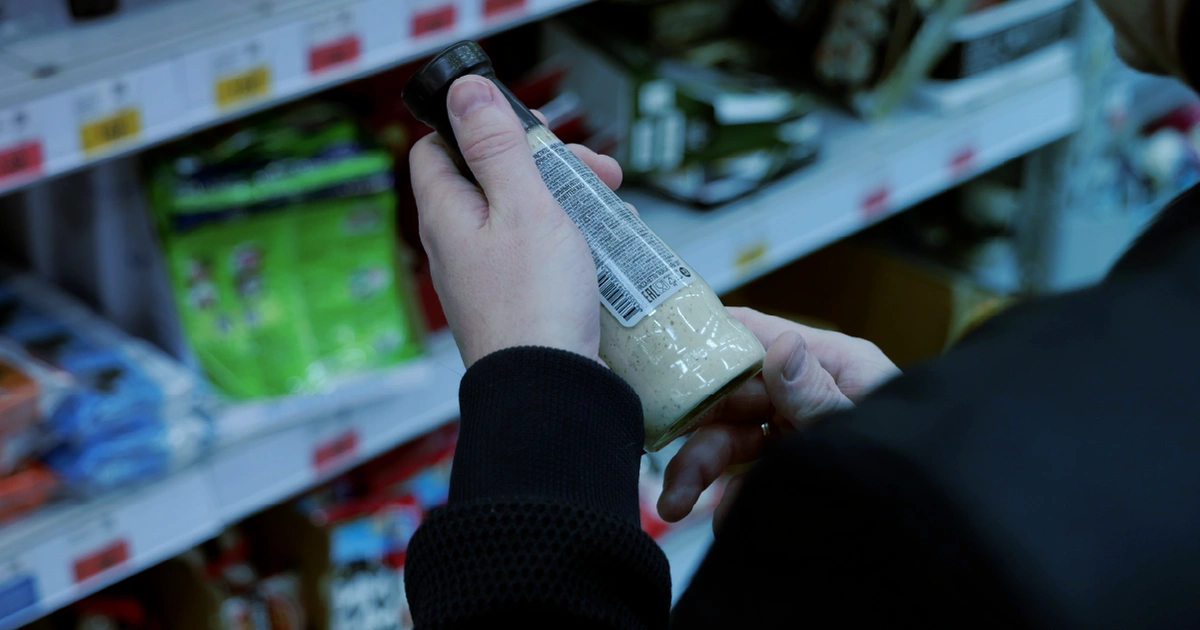
How retailers can build private-label success with data insights
Retailers worldwide are experiencing a pivotal shift in consumer behavior, putting private-label products in the spotlight. What started as a way to offer budget-friendly alternatives has become a competitive powerhouse that is challenging even the most established A-brands. As private labels cement their place in the market, pricing strategy has become the secret ingredient to long-term success.
Crafting a well-rounded pricing approach for your private-label products isn’t just about setting a lower price than competitors. It’s about understanding evolving consumer expectations, leveraging data insights and delivering value that strengthens customer loyalty.
From humble pantry staples to gourmet-level contenders: Understanding the private label landscape
Before creating any pricing strategy, it’s crucial to assess how private labels have developed over time. Historically viewed as "price fighters," they initially attracted budget-conscious consumers by offering 30–50% savings compared to A-brands. The promise of affordability allowed retailers to capture business from lower-income households.
Today, however, the private-label sector has transformed from a side dish into the main course. It’s no longer just about price; private labels compete with A-brands on quality and product innovation. Discounts don’t need to be as steep, with price differences narrowing to a range of 15–25%. This evolution shows that pricing alone isn’t the only influencing factor for buyers. Quality, perception, and customer satisfaction are now differentiators.
Retailers like you must build on this momentum by designing pricing strategies with a nuanced understanding of these shifts.
Create the perfect recipe for private label pricing success
Step 1. Season your pricing to match consumer taste
One critical insight from a recent Kearney-Bolt Insight Study is that more than three-quarters of consumers perceive private-label products to be equal to or better than A-brands in terms of quality. This sentiment is even stronger in industries like food and beverages, where 85% of consumers report such views. This shift in perception means that private-label prices no longer need to rely solely on drastic discounts, but should also consider the following:
- What value does the private label offer beyond affordability? Whether sourcing quality ingredients or leveraging local trends, the added value should align with the price point.
- Who is the target customer? Lower-income shoppers might still prioritize affordability, but high-income shoppers increasingly turn to private labels, drawn by their premium positioning and perceived quality.
By identifying customer segments and understanding how they value private-label offerings, you can set price points that resonate with your audience while driving brand loyalty.
Step 2. Stir in cost savings to establish competitive margins
Private labels represent a unique opportunity to achieve higher profit margins than A-brands, thanks to reduced marketing expenses and direct supply chain management. Many retailers even collaborate with established brands to manufacture private-label goods, further controlling costs.
Cost savings like this can be used to strategically undercut A-brands, maintaining a price gap that’s meaningful enough to sway cost-conscious customers while aligning with new perceptions of private label quality.
Step 3. Mix in data for dynamic pricing
You have a goldmine of consumer data. Every transaction, customer loyalty card scan, and ecommerce visit generates information that reveals purchasing tendencies, spending habits and emerging trends. Private labels have a distinct pricing advantage when using this data to fine-tune prices dynamically.
How to harness these insights:
- Track Competitor Pricing: A-brands often react to increased private-label adoption by adjusting prices. To maintain your competitive edge, you should monitor these shifts and recalibrate private-label pricing in real time.
- Pinpoint Regional Trends: Pricing may vary across geographic locations. If data shows that certain regions respond positively to premium private-label items, those areas can support higher pricing.
- Adapt During Economic Fluctuations: Inflation and other economic changes often push consumers toward cost-saving measures. Already considered reliable and affordable, private labels should capitalize on these moments by maintaining consistent value and scaled affordability.
Dynamic pricing ensures that private labels remain competitive and responsive to market trends, reinforcing their standing with consumers.
Step 4. Turn up the heat on premium offerings
Another surprising revelation is the increasing appeal of private labels among high-income households. This consumer segment values premium products, which presents a golden opportunity for these brands to move out of the “budget-only” category.
How to strategically price premium private-label products:
- Highlight unique selling points such as sustainable sourcing, organic certifications or local craftsmanship.
- Position these premium items near or above entry-level A-brands while emphasizing quality parity or superiority.
- Offer multi-tiered pricing within their private-label ranges to appeal to a broader demographic without alienating value shoppers.
Plating your premium offerings with care can strengthen positioning and cater to a diverse customer base.
Step 5. Serving affordability without skimping on quality
Although private labels have evolved, affordability is still a primary expectation for many buyers
Even as private labels increase in quality, price should remain a key differentiator to retain mass appeal.
How to uphold value pricing:
- Bundle products to offer greater value while encouraging volume purchases.
- Introduce bulk purchase discounts to attract cost-conscious buyers.
- Reinvent packaging and sizing to offer smaller, more affordable options while maximizing premium margins elsewhere.
This will maintain a balance that ensures your private labels retain their core appeal as economical yet high-quality alternatives.
Retailer investments elevate private labels
Private-label success isn’t built on pricing strategies alone. Leading retailers have strategically invested in private-label products to enhance customer loyalty and profitability. By capitalizing on technology and consumer insights, they’ve taken private labels from mere alternatives to top contenders.
Retailers like Marks & Spencer, Sephora, Trader Joe’s and Sainsbury’s have leveraged private labels to stand out. For example, many retailers use consumer data to launch bespoke offerings that resonate beyond affordability. From premium beauty products to high-end food selections, these investments strengthen their private-label reputation and expand appeal across income brackets.
Building an effective pricing strategy for private labels is like a chef’s creation: equal parts art and science. It requires more than just setting prices lower than the competition. Retailers must adapt to changing consumer perceptions, leverage data-driven insights, and invest strategically in innovation and quality.
Done well, private labels can thrive as more than an economical alternative. They become a defining part of your identity, offering unparalleled value that fosters loyalty and profitability. By tailoring pricing strategies to the evolving landscape, you can ensure private-label brands garner long-term success in today’s competitive market.
Get the latest news, updates, and exclusive insights from Vistex delivered straight to your inbox. Don’t miss out—opt in now and be the first to know!


